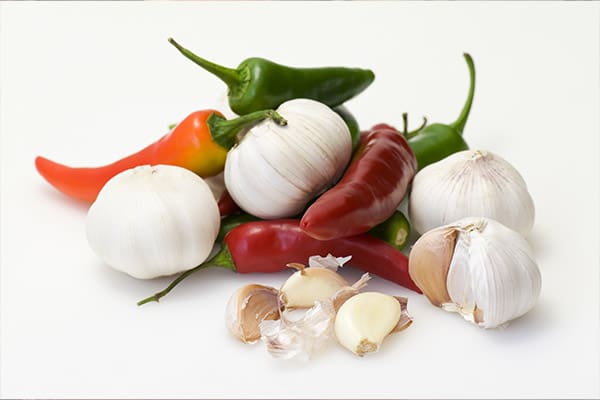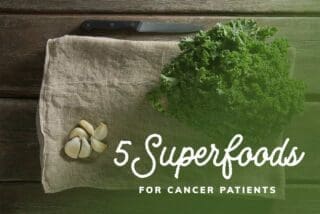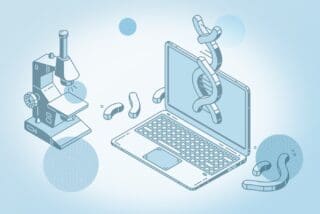
Many people know certain lifestyle factors can increase lung and respiratory health risks. For example, smokers have a higher risk of developing lung cancer than non-smokers. And people with a history of asbestos exposure are more likely to develop mesothelioma than those without one.
People may be less aware that scientists have identified foods that support healthy lungs. In studies, some nutrients helped protect against lung cancer and respiratory illness. Even individuals with risk factors, like a history of smoking, may benefit from a diet rich in lung-healthy foods.
To help raise awareness of these beneficial dietary choices, we compiled a list of foods that promote healthy lungs. We focused the list on things you can easily find in most grocery stores. And we included a bonus section of a few foods that might do the opposite of supporting healthy lungs.
Each food on the list has at least one of the qualifications below:
- The food or a substance it contains has been studied in people and linked to lung health benefits.
- The food or a substance it contains has demonstrated benefits in human laboratory cells.
A Few Foods That May Not Support Healthy Lungs
People concerned with their lung health may also want to skip potentially harmful foods. Research indicates the foods or substances below may increase general cancer or lung cancer risks for some people.
- Alcohol: The World Health Organization recently classified alcohol as a Group 1 carcinogen. Experts say alcohol causes at least seven kinds of cancer, and there is no safe level of alcohol consumption.
- Beta-carotene: Carrots, pumpkins and other vegetables contain the antioxidant beta-carotene. Multiple studies have linked this nutrient to increased lung cancer risks for smokers and asbestos-exposed individuals. The American Lung Association recommends smokers not take any beta-carotene supplements. Smokers may want to discuss avoiding beta-carotene-rich foods with their doctors.
- Processed meat: Some data suggests eating processed meats could increase a person’s risk of lung cancer. One analysis looked at the diets and cancer diagnoses of more than 25,000 people. Those who frequently ate processed meats had a substantially higher risk of developing lung cancer.
- Red meat: Research indicates red meat consumption may increase a person’s risk of lung cancer. One study tracked the lung cancer diagnoses and dietary habits of more than 4,000 current or former smokers. Those who ate the most red meat had about 70% higher risk of lung cancer than those who ate the least.
What Does This Mean for Mesothelioma and Asbestos Lung Cancer Patients?
People with lung cancer or mesothelioma risk factors may want to discuss the information above with a doctor. Nutritional needs can vary significantly between individuals. For cancer or mesothelioma patients, an oncologist can discuss how certain foods may affect treatment or recovery. The doctor can also refer you to a dietitian who can design a personalized plan that includes lung-healthy foods.





